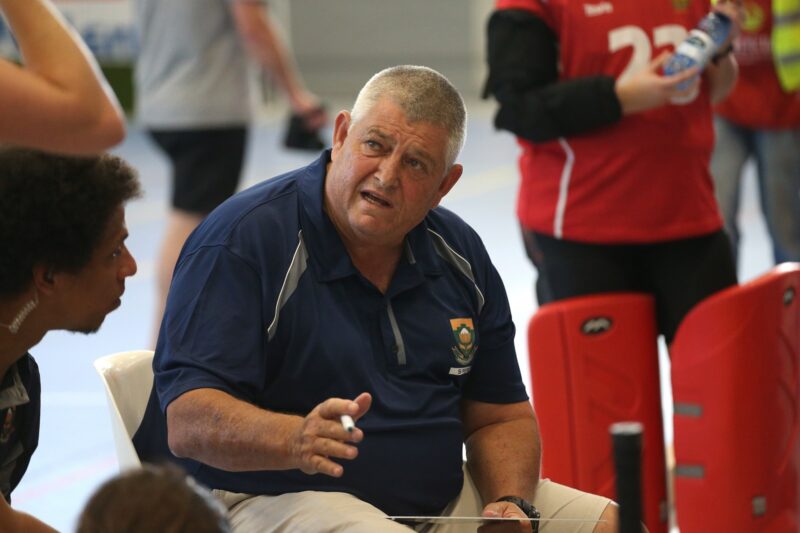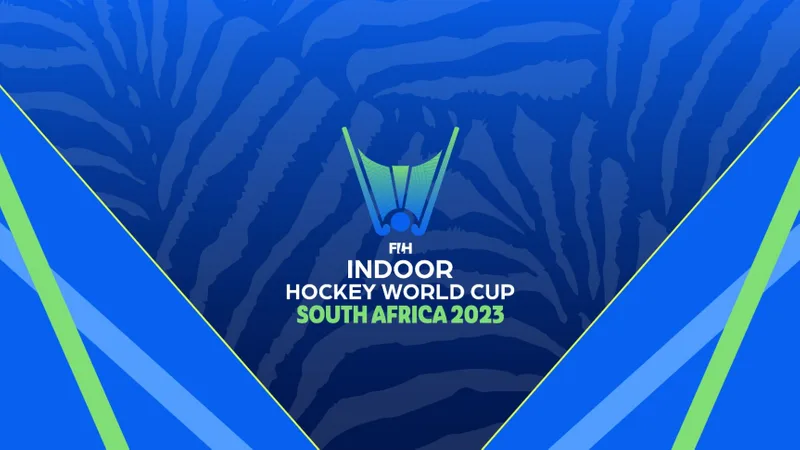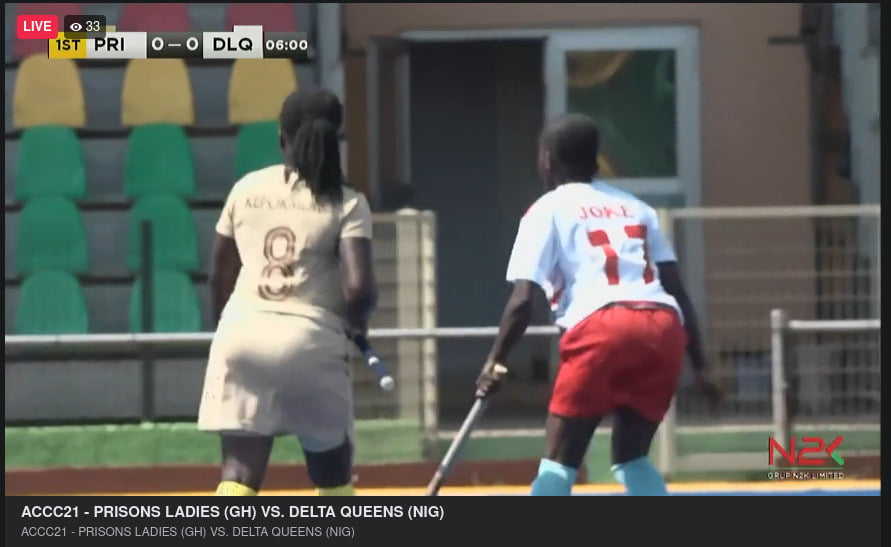Following a lengthy period of intense preparation, SPAR South African women’s indoor hockey coach Lennie Botha is confident that the team are ready to compete against the best in the FIH Indoor Hockey World Cup in Pretoria next month. The international event, presented by SPAR, will take place outside of Europe for the first time in its history when it is hosted at the Heartfelt Arena from February 5 to 11. South Africa are one of 12 teams in the women’s tournament and even though they have been drawn in what Botha called the “pool of death”, he is confident that the home side will be competitive. “Success in indoor hockey is about the team making the least mistakes and then being able to take your chances,” he said. “And we all know that at a tournament anything can happen. “But the exciting thing for us is that although there is a mixture of young and old, most of the girls have played against the top countries and we have done well, so I believe we are good enough to compete.” Acknowledging that all the matches would be tough, Botha said the games against European powerhouses Netherlands, twice world champions, and Austria, fourth in 2015, would be, particularly testing. “But the goal for me is to complete the pool phases by finishing in the top eight so it would mean we have to win at least two matches,” Botha added. “Once you get into the top eight, anything can happen and, given the tough nature of our pool, we could conceivably have a slightly easier game if we make the cross-pool playoffs.” In their other fixtures, SA will be up against Australia, New Zealand, and the US, none of whom could be taken lightly, Botha said. The team went into their final training camp in Durban on Thursday after having played a series of internationals against Namibia and Ireland in the past few months. “The one thing about a coach is that you are never completely comfortable with your preparations, but we have done everything we can, given the Covid disruptions in the last few years, to prepare as thoroughly as possible,” Botha said. “The players have been working extremely hard and I’m excited about the opportunity, not only to show what we can do, but also to showcase the sport of indoor hockey to the wider SA public.” He said he could not stress how important it was for the game to host events of this nature. “It’s great that SA Hockey has taken the bull by the horns and run with it to become the first country outside of Europe to host the World Cup “I believe it will create unbelievable exposure for the sport and this event is going to take it to another level. “For example, against Ireland in Cape Town we played in front of crowds of up 1000 people, but in Pretoria that could reach 3000, so we are extremely excited about this opportunity.” Botha also paid tribute to the role played by SPAR as the major sponsors of the World Cup and the women’s team. “Without them this would not have happened and over seven yours of sponsoring the women’s team, they have been extremely supportive. “If it wasn’t for them, we wouldn’t be where we are now.”




